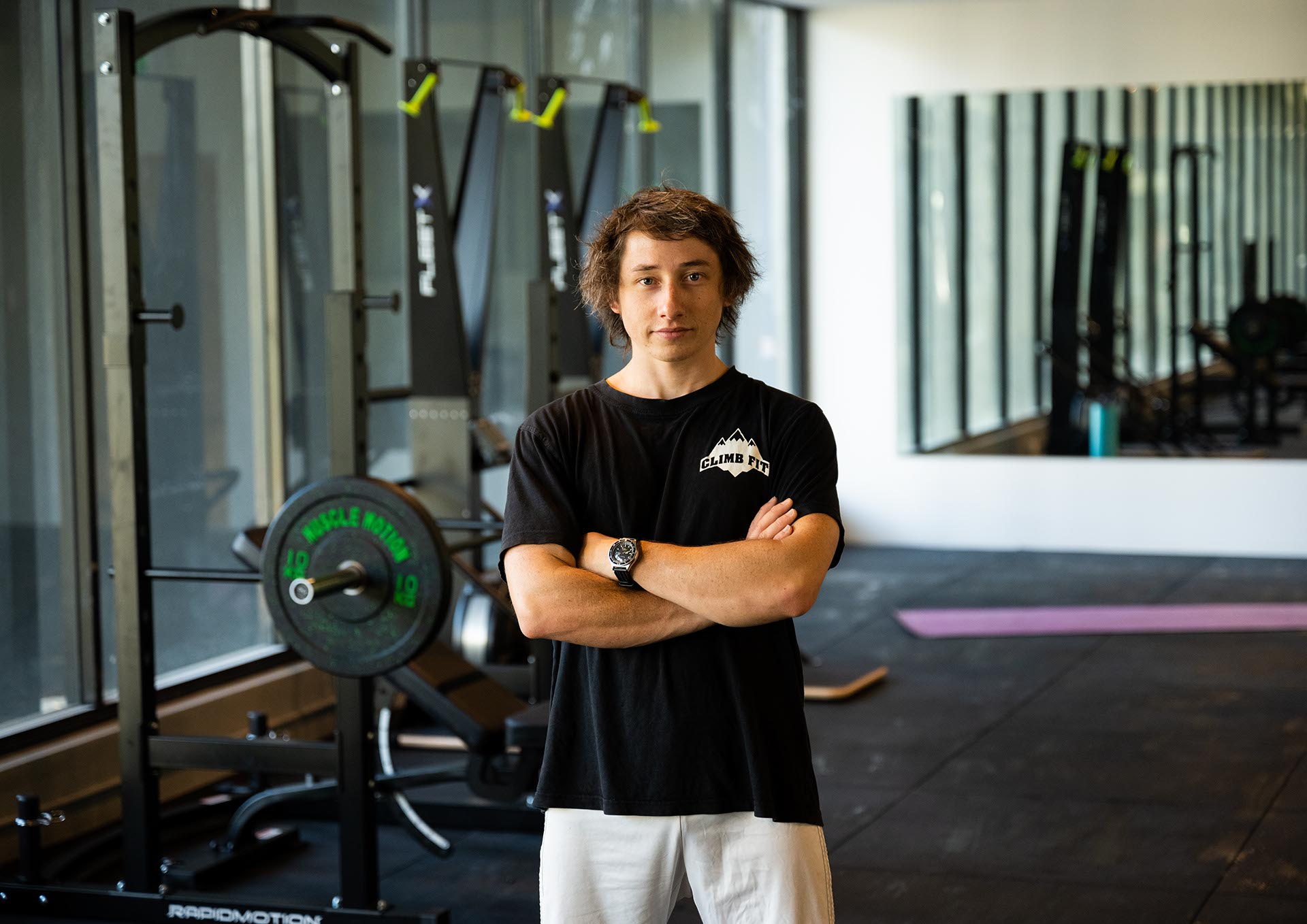
Hi, my name is Alex King and I’m a coach and route setter at Climb Fit. I am in my third year of studies to become a physiotherapist, and so hopefully I can help to give some insight into the process of foam rolling, and why I personally find it useful!
Delayed onset muscles soreness is the technical term used to refer to that tight and sore feeling you get in your muscles after an intense workout.
Some people may get more intense DOMs than others, depending on how hard you worked your muscles, and how used to being worked those muscles may be. But on average, DOMs will occur a day, or even two, after a workout, and last for up to three days often limiting you from doing more exercise because your muscles are tight and tired.
Please note that if you feel soreness, tightness, or pain in your muscles immediately after a workout then this is not DOMs, it could be an injury that should be treated by a practising physiotherapist!
If you’re like me, and you cannot get enough of moving around (because it is just so fun), then you probably don’t want to deal with a sore and tired body.
There are many ways to either avoid or deal with, getting delayed onset muscle soreness. These can include; a healthy and well-balanced diet, warming up and warming down properly before and after exercise, or utilising a foam roller or massage ball to accommodate myofascial release.
This essentially involves a self-imposed deep tissue massage with a roller, which can help decrease the tightness of the targeted muscles. I find it similar to a therapeutic massage, except maybe more intense - depending on how much pressure you are willing to put into those stubborn sore spots.
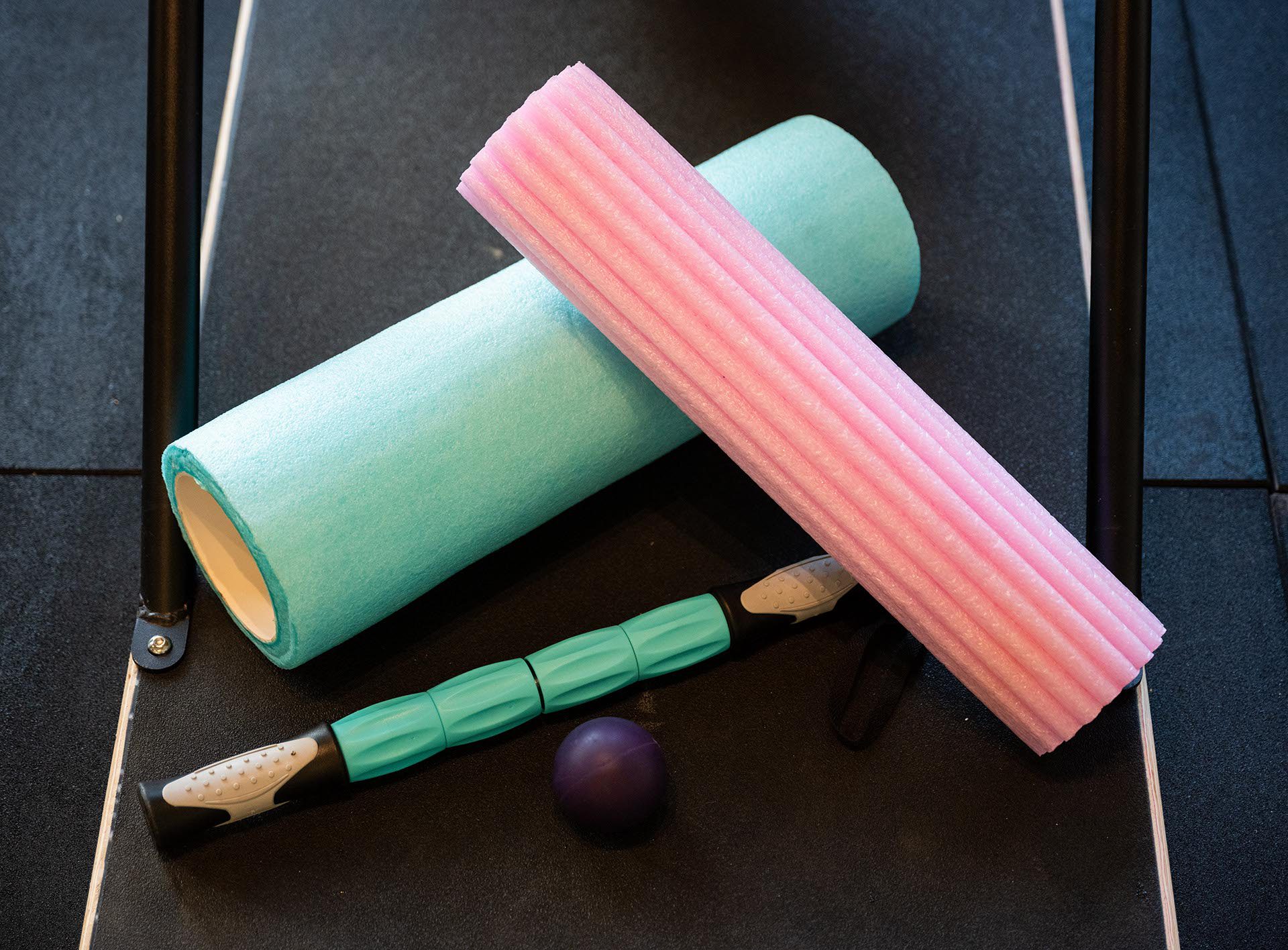
Physiotherapists use a whole range of different massage techniques, but the one that I find the most effective for tight spots is known as a trigger point release. I liken using a foam roller to doing trigger point release on yourself. You can target and release specific muscles groups by gently rolling over them until you find that point that is really tight as if there is a big knot tied up in your muscle tissue.
When you reach that point, hold your body still and lean your weight slowly into that knot for 8 to 10 seconds, or alternatively, for 5 deep breathes. Then, back off slowly and roll past it to find any more points of tension. I will generally do this 3 to 4 times per point until it feels like the muscle is a bit more relaxed. The same can be done with a massage ball (or even a tennis ball).
Prop yourself up on your elbow, with the roller just under your right or left hip. Roll yourself over so that it travels down your leg towards your knee to find that tight spot to sit on. Start with your top leg on the ground to take the weight off, then to increase the pressure stack it over the leg you are rolling.
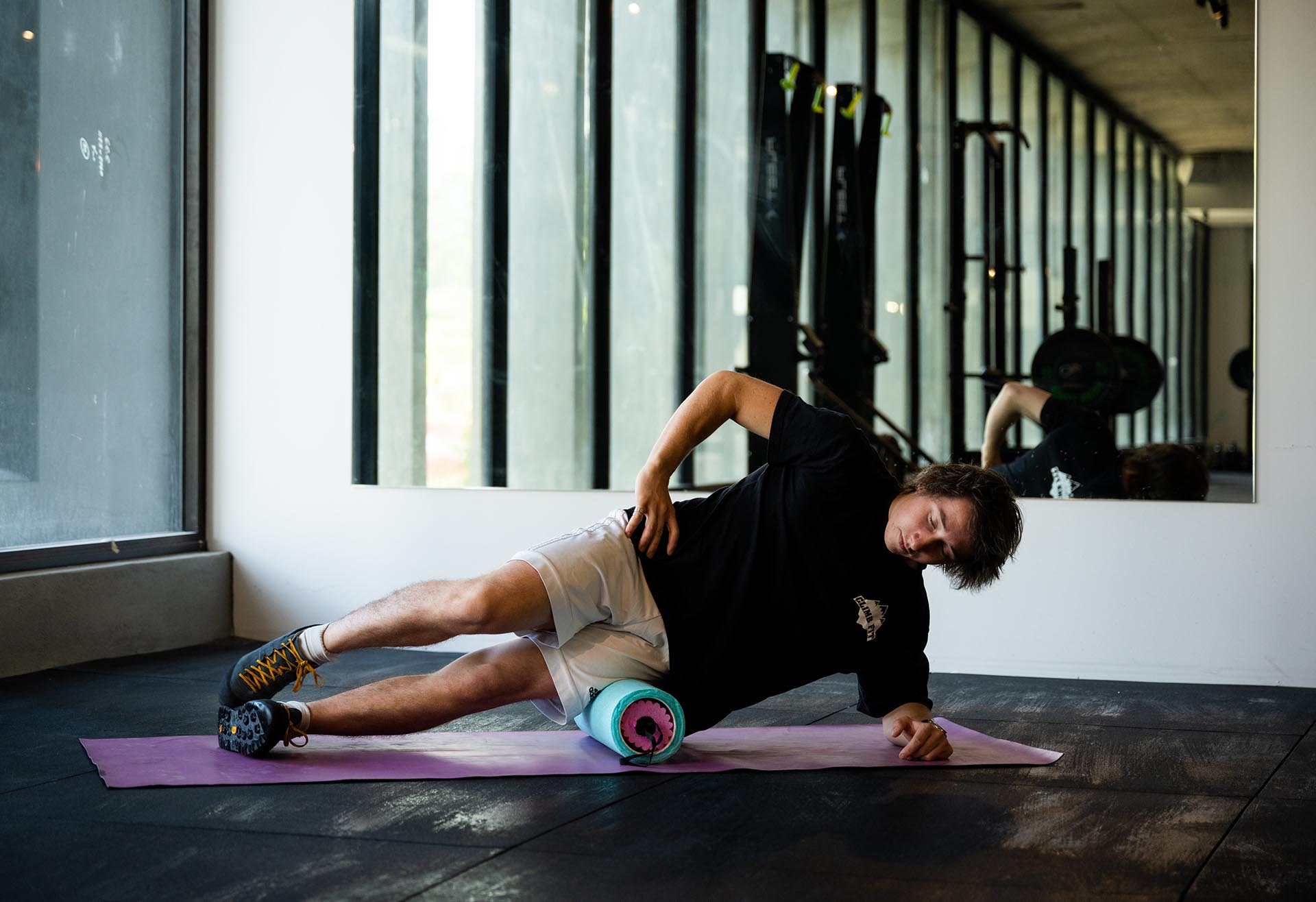
Your quads are, as the name would suggest, a group of four distinct muscles that act to straighten your leg at the knee. To target these muscles, you can rollover them in a plank position with the roller under either both legs, or one at a time if you want to put more pressure through them. But due to there being more than just one muscle head in the thigh, you can also specifically target different parts of the quads.
A common one for me is the Vastus Medialis Obliquus (VMO), which is more on the inside of the thigh closer to the knee. Rotate yourself over the roller so that you can release the inside or outside of your thigh and reach these different muscles of the quads.
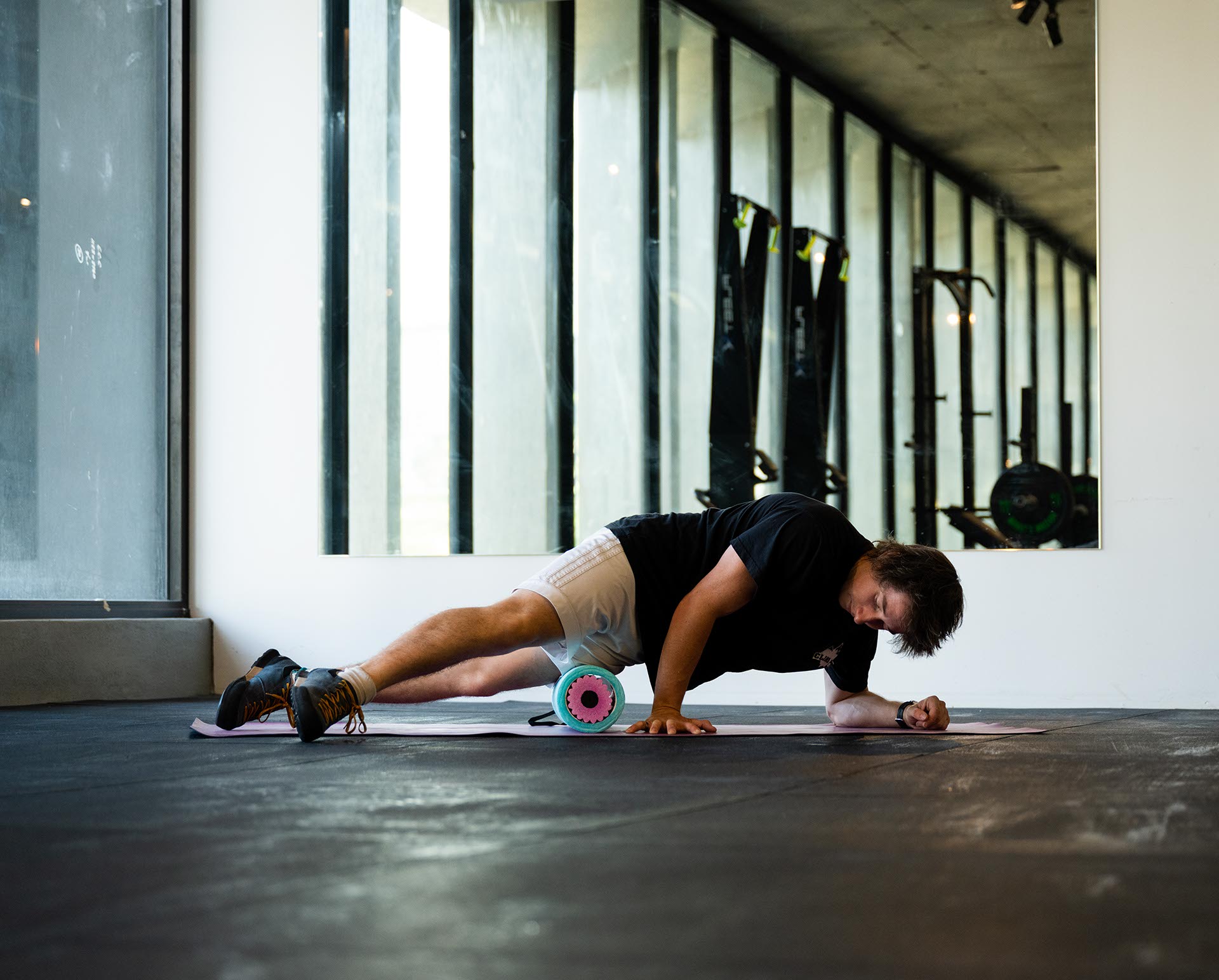

Similar to working the TFL, prop yourself up on one elbow or palm, and sit the roller under one side of your hip but with your lower body more rotated so it’s closer to your bum. Here we can aim for either your Gluteus Medius which sits more on the outside, or your Gluteus Maximus which sits…well you know where it sits (where you sit!)
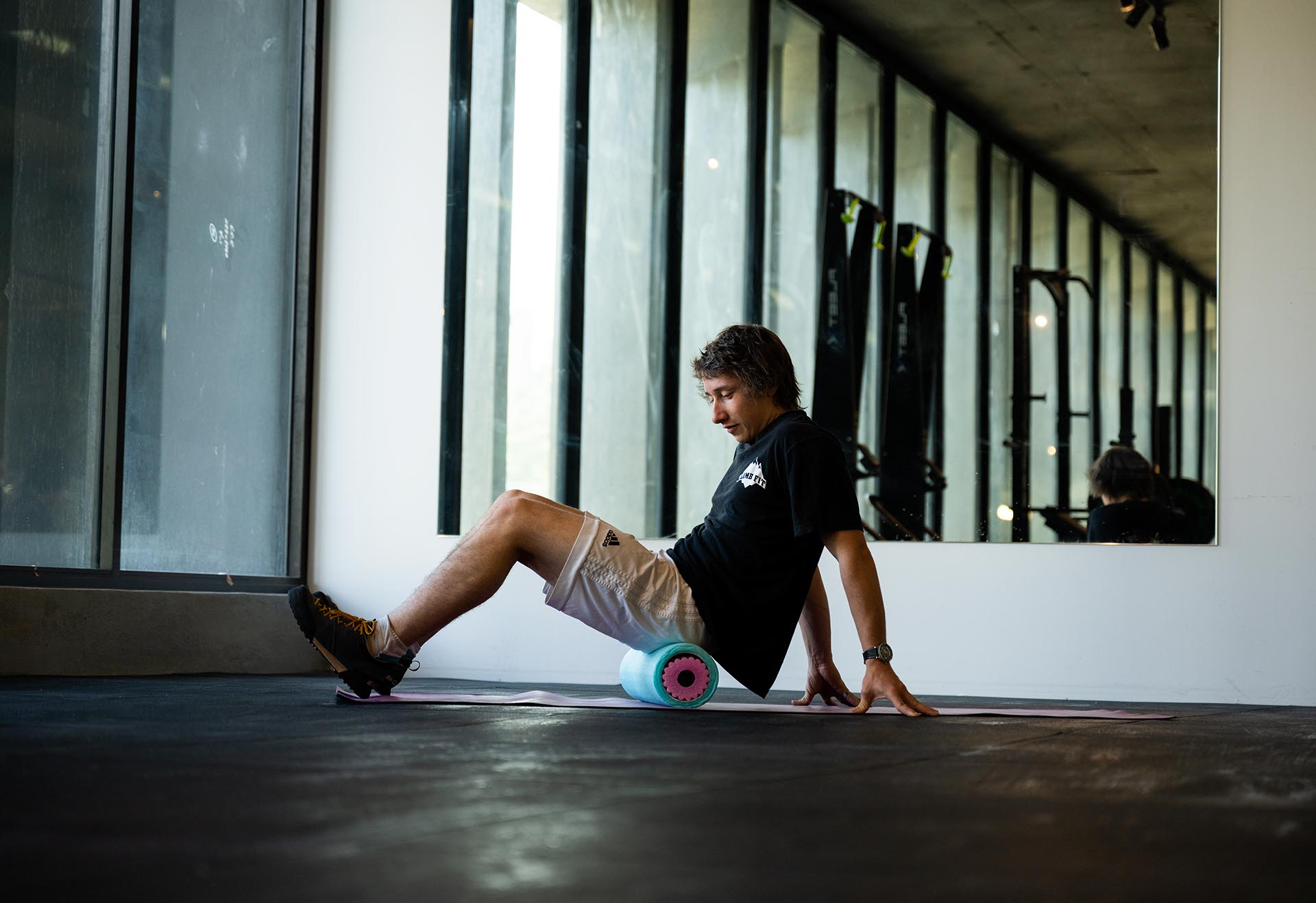
Your adductors are the group of muscles located on the inside of your thigh, attaching to your pelvis at the groin. They can be difficult or awkward to reach with a roller, but give it a go. Targeting one leg at a time, prop yourself on your elbows with the end of the roller under the inside of your thigh. Here, roll yourself over it to get it as high up your leg as you comfortably can, and you will find some tender spots.
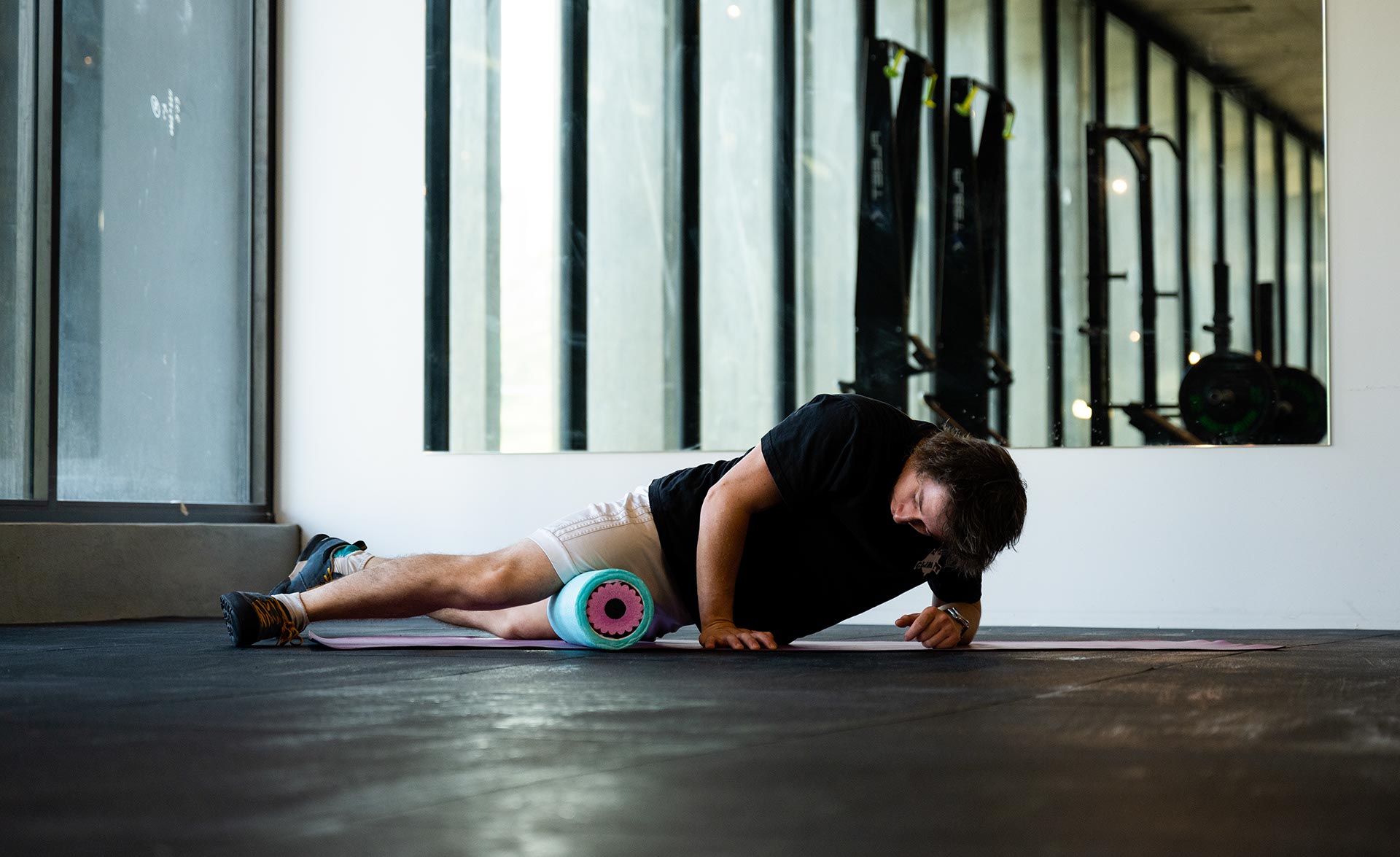
Sit yourself down, with the roller under one of your calves. Here you can move around a bit to play with a few spots that can get tight easily. Roll it up and down the back of your leg, as well as trying some rotation of your lower leg to target the outside or inside, where you can release your soleus and peroneal muscles as well.
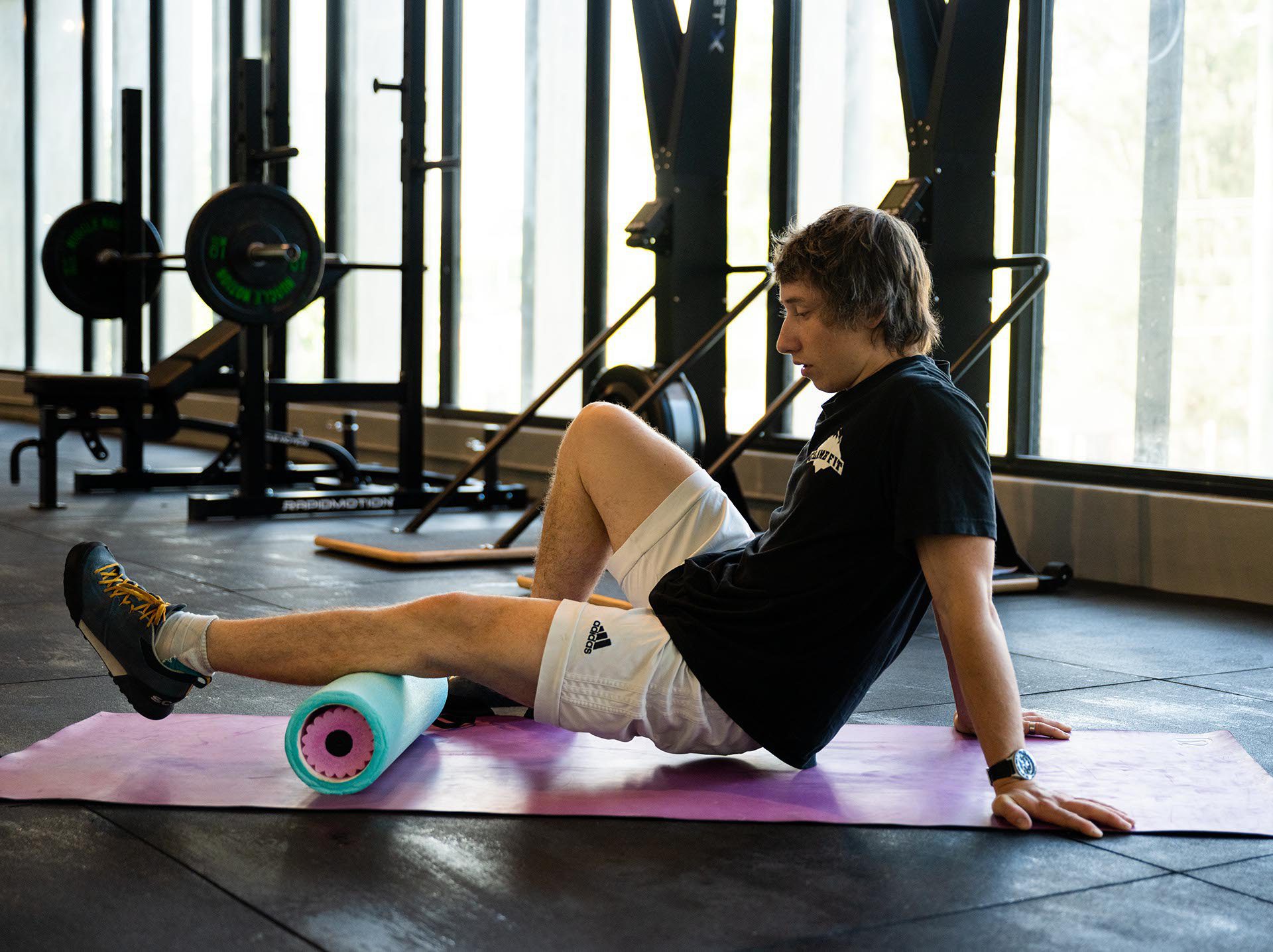
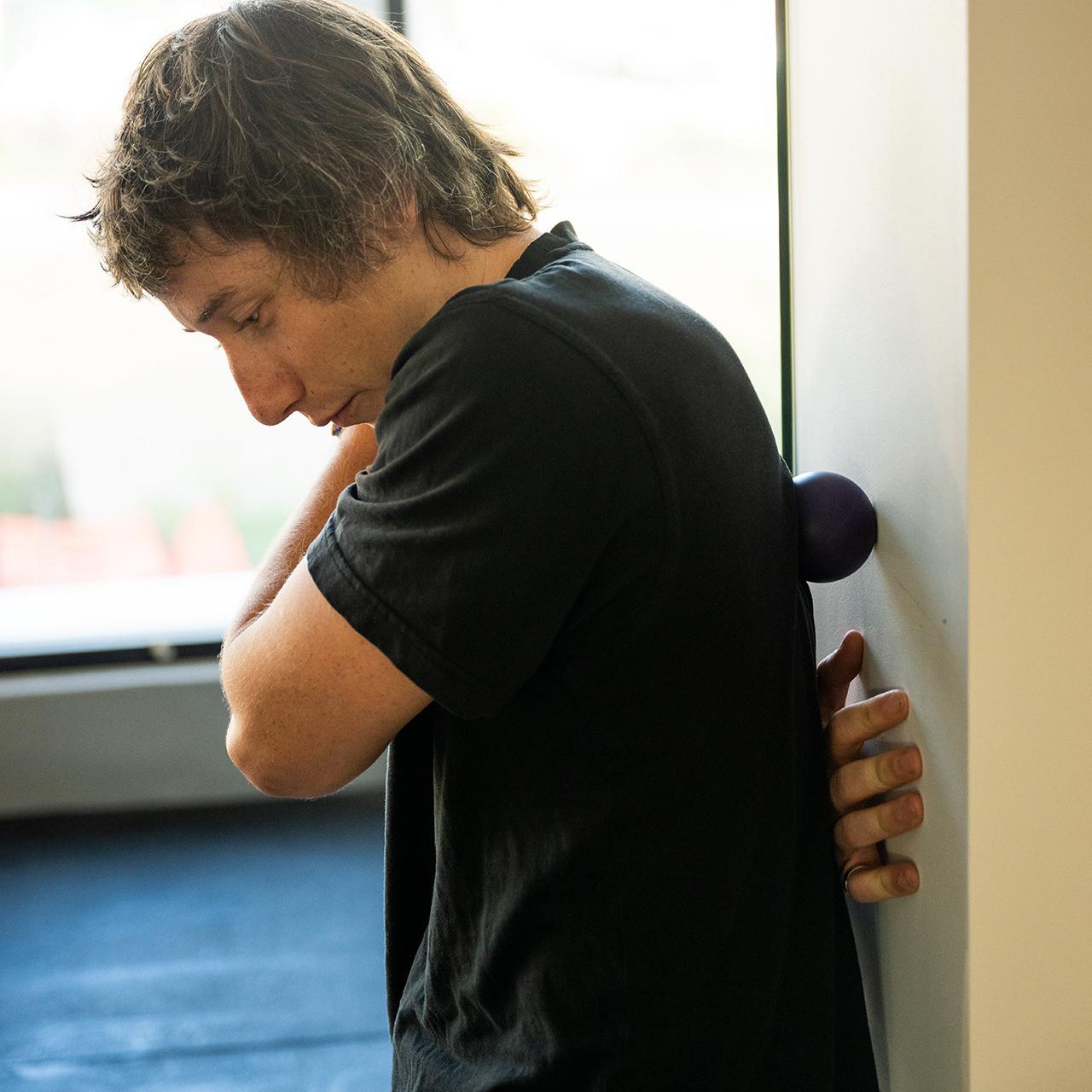
Place the ball on the wall and lean into it at about the height, and just inside of your shoulder blade. Slowly roll over it up and down, and left to right.
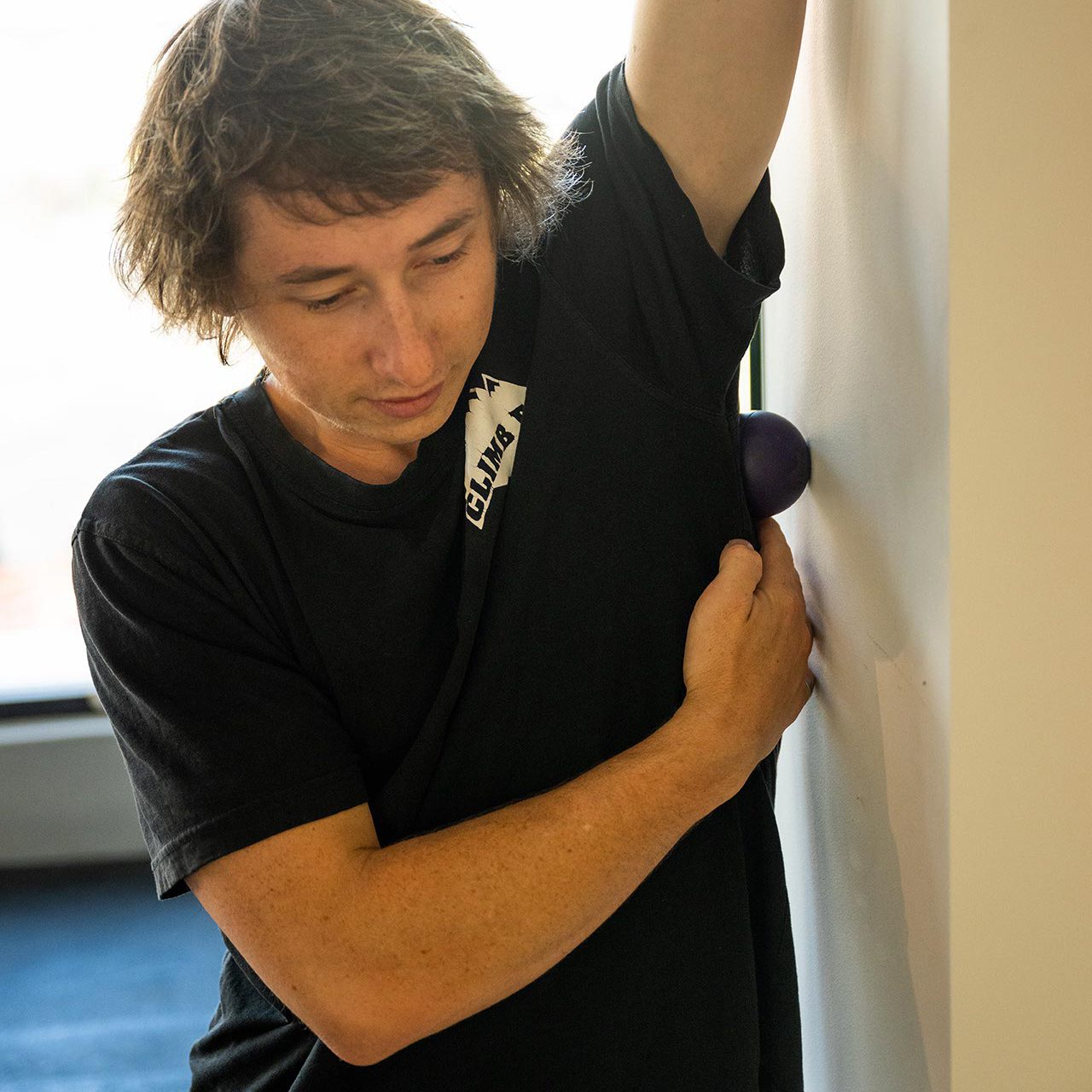
this one is nice and juicy. Using the wall, place the ball under your armpit. You will know when you hit the spot. Roll slowly up and down, left to right.
Be gentle with this one too. Take some of the weight off by propping yourself up on your elbow and leg.
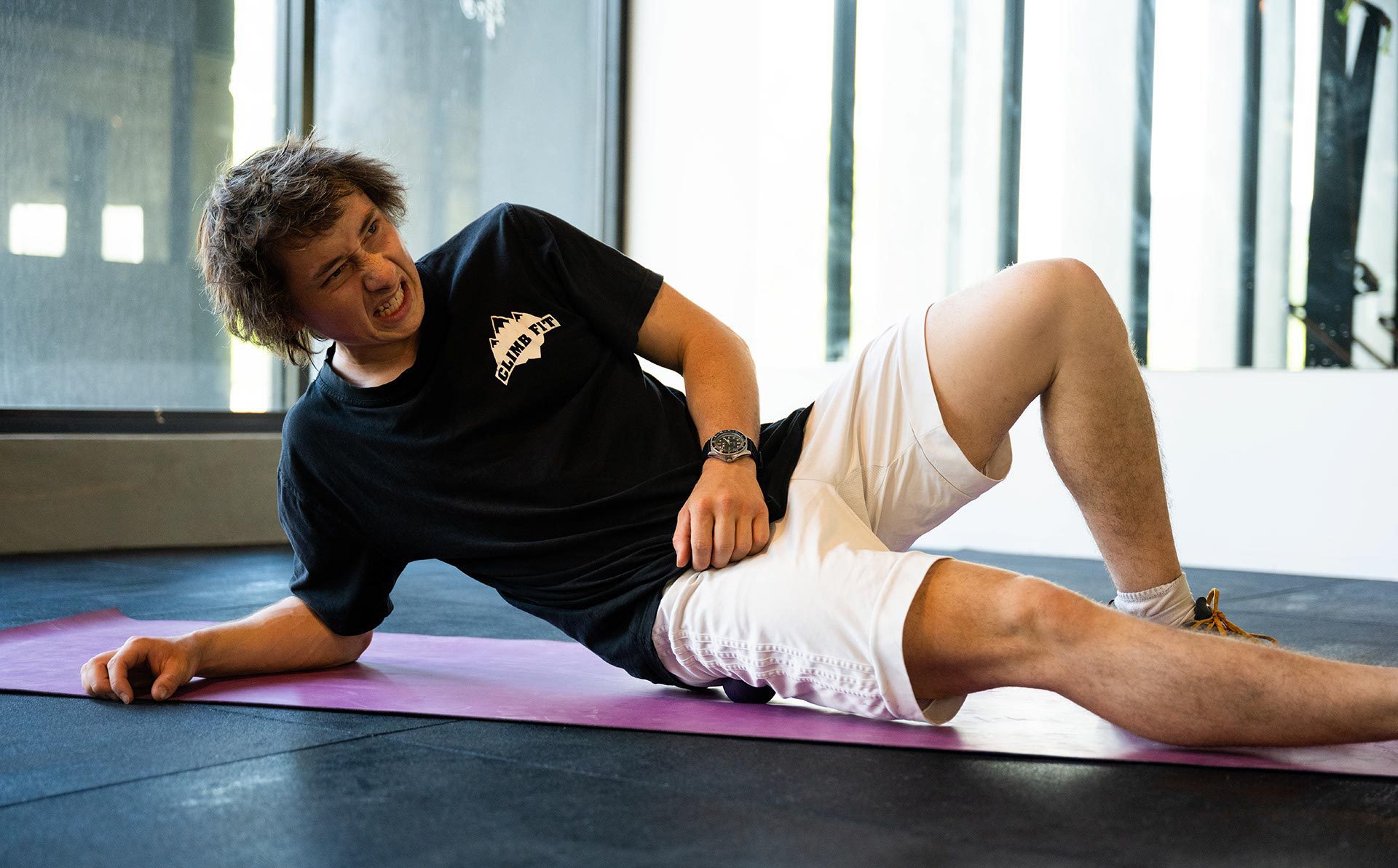
There is a risk of injury if you don’t use the proper technique. some issues to be aware of when you are foam rolling are;
Check out the Importance of Nerve Mobility in Rock Climbing blog to get a better understanding of what is going on in your nervous system!